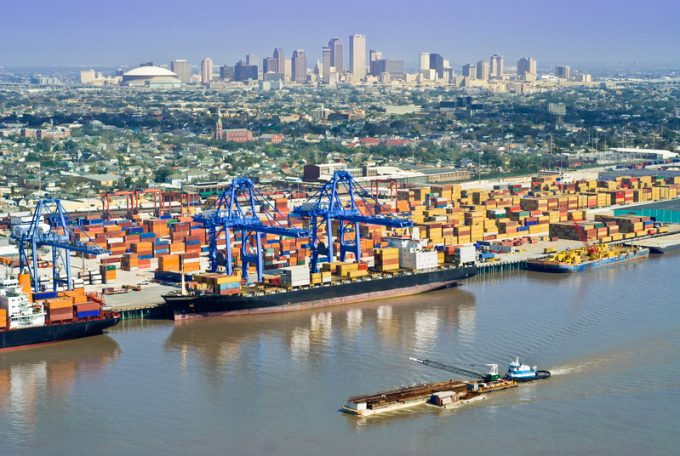Blank sailings on the rise at Canadian ports as carriers fret over rail strike
As uncertainty hangs over Canada’s rail system being shut down by a strike, shipping lines ...

The recent decline in volumes on the US Gulf and east coasts and in northern Canada has not derailed port expansion plans.
Designs for new container terminals on the lower Mississippi have taken steps forward, while the port of Prince Rupert is working on an export transfer facility as it awaits the outcome of a feasibility study for a container terminal that would nearly double its box capacity.
The board of commissioners of the port of New Orleans (NOLA) last week advanced ...
Trump tariffs see hundreds of cancelled container bookings a day from Asia
'To ship or not to ship', the question for US importers amid tariff uncertainty
'Chaos after chaos' coming from de minimis changes and more tariffs
Forto 'sharpens commercial priorities' as it lays off one-third of staff
List of blanked transpac sailings grows as trade war heats up and demand cools
'Disastrous' DSV-Schenker merger would 'disrupt European haulage market'
EC approves DSV takeover of DB Schenker
Overcapacity looms for ocean trades – with more blanked sailings inevitable
Amazon Air’s metamorphosis: 'a different air cargo unit from two years ago'
Shippers in Asia restart ocean shipment bookings – but not from China
India withdraws access for Bangladesh transhipments, in 'very harmful' decision
'Tariff hell' leaves industries in limbo – 'not a great environment to plan'

Comment on this article